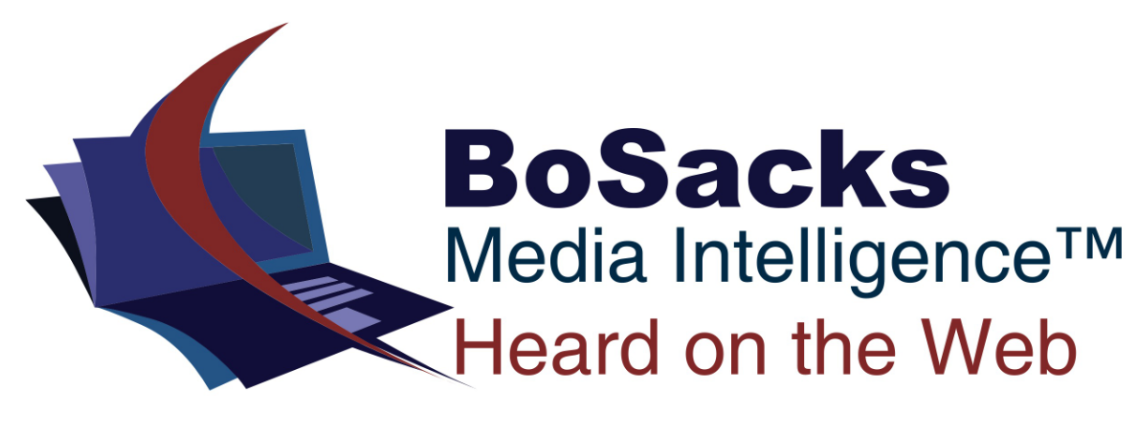BoSacks Speaks Out: Preparing for the post-literate consumer
By BoSacks
Thu, Nov 5, 2020

There are many assumptions in the article Preparing for the post-literate consumer that, although possibly correct, miss an obvious conclusion: that new generations, if nothing else, multi-task like no other set of generations before.
The author states:
“You'd be forgiven for believing that we've forgotten how to read. Judging by our popular culture, we're becoming a post-literate, oral society, one whose always-dominant visual sense has overwhelmed our reasoning to the point where 72% of consumers now say they prefer all marketing to be delivered via video.”
We are not post-literate. We are multi-literate. We have added several visual mediums to our reservoir of communication pathways.
Take the New York Times, for example. The New York Times added 669,000 net new digital subscribers, making the second quarter its biggest ever for subscription growth. The Times has 6.5 million total subscriptions, a figure that includes 5.7 million digital-only subscriptions, putting it on a course to achieve its stated goal of 10 million subscriptions by 2025.
Yes, The New York Times has video insertions and audio podcasts, but it is primarily a reading platform. There are 7,000 magazines on newsstands in this country that are reading based businesses. The point is that those very same readers most likely also enjoy TicToc, and YouTube, Snapchat, and a host of others. The act of reading and seeing other mediums are not mutually exclusive. Instead, what is culturally going on is an additive process to the human condition.
Speaking of the reading process, there is something that is often overlooked, and it is a fundamental change in the process of reading. Take your pick from The New York Times to The Washington Post to Facebook to Buzzfeed, from Twitter to ISSUU and to the web pages of People and Time magazine – these reading experiences are not formatted as traditional magazines or newspapers. Facebook has well over a billion people reading without pagination as we understand it. There are indeed pages and sections in those reading platforms, but not a single folio. It is still reading but new and different and ever-changing.
So, although we are not entering a post-literate society, there are big things to be vigilant about and that need our attention. Humanity and Content Distribution, formally known as publishing, have entered a new period of transformation. The hard part of this transformation is that we are still contending with our old legacy thinking, which is how we all tend to live in the present and look ahead to the future through the conceptual filters of the past. It is no small task to fight that thinking process.
I think we can all agree we are at the beginning of a new chapter in the history of media, and not the end of the last chapter in our book. In fact, there is no end; there is only a continuous beginning. And what we have gone through in the previous two decades is still just the new endless beginning. But I am more hopeful for our literate-reading industry today than ever before.
8.5.2
